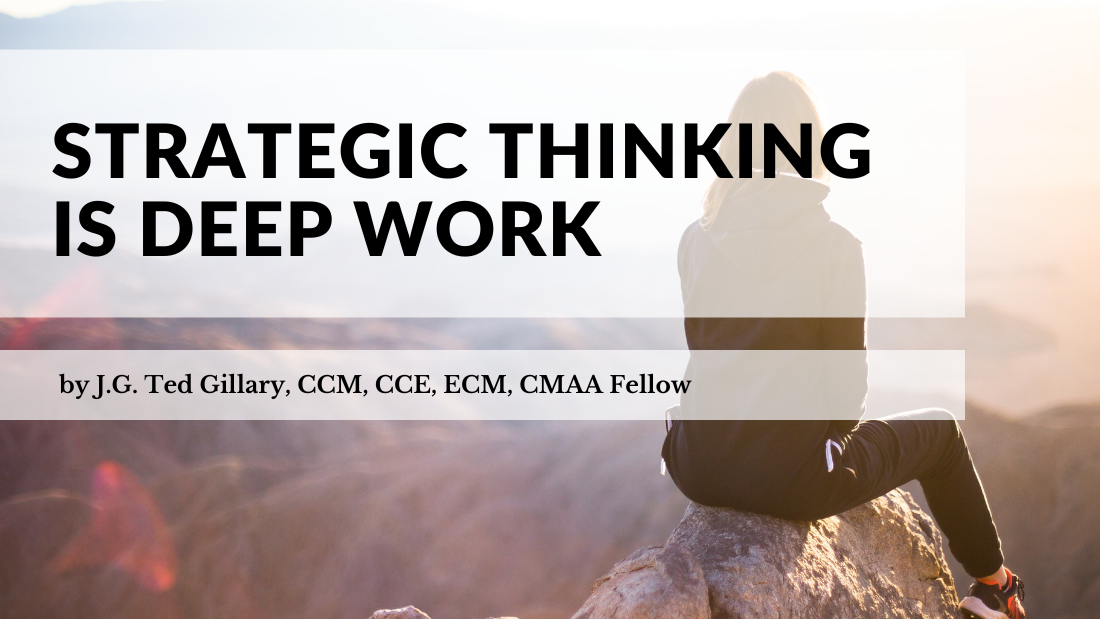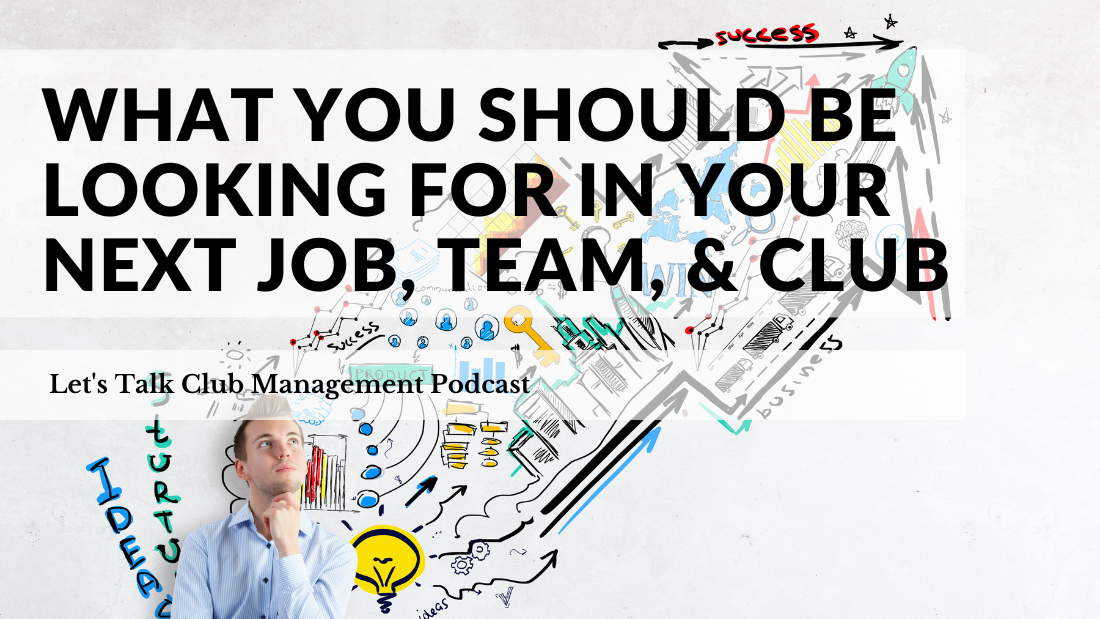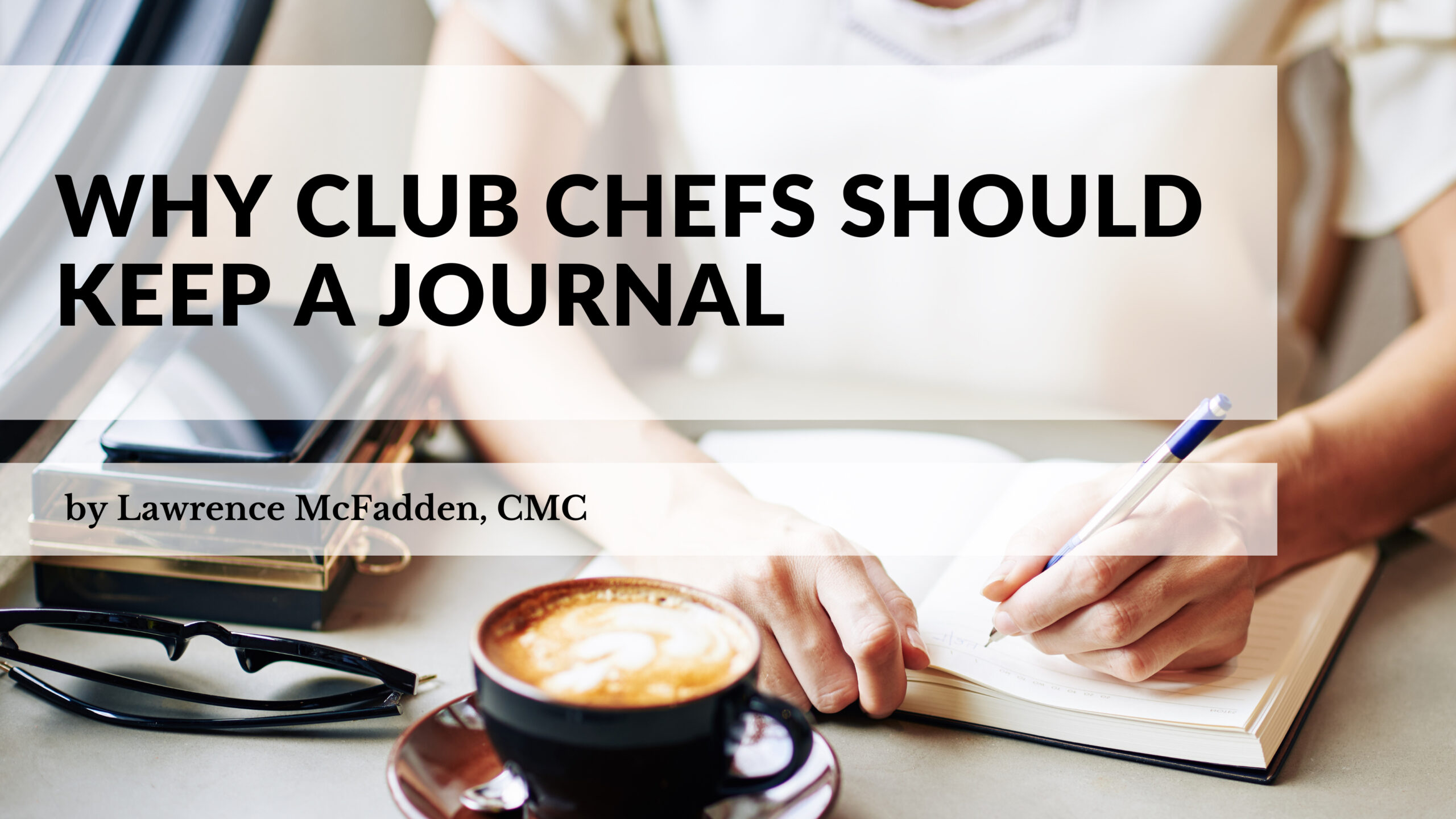How I Continue to Be Inspired by a Legend
During interviews, I always ask chef candidates who taught them to cook. Make no mistake: this is not a simple question. Books could be written about how to answer and what the answer could potentially mean.
When I ask this question, I am frequently met with a pause or simply a sigh as they say, “My mother/aunt/father.” You can usually sense their smile and nostalgia through the phone as they describe this special and personal mentorship. I listen, then ask, “Who taught you to apply these cooking skills to a commercial kitchen?”
Most candidates respond with a self-taught scenario, or they explain how they learned from co-workers. Some candidates further supplement those answers by saying cookbooks, The Food Network, or the generalized slogan, “I learn from everyone.”
Many organizations request more culinary creativity from their chef. While we know this is a highly subjective wish, a chef’s proactive learning typically reveals whether or not they have the desire to inspire themselves and others. So, as we move deeper into the culinary knowledge section of the interview, I pose questions like, “What book is open on your coffee table?” and “Do you have any memberships to professional organizations?” I also ask what seminars, conferences or continuing education events they’ve attended in recent years. I am looking for answers that align with a lifelong learning philosophy and natural curiosity.
Over the course of my career, I have worked with tremendous chefs like Hartmut Handke, Dan Hugelier and Rudy Speckamp. These icons had mentors like Ferdinand Metz, the Former President of the Culinary Institute of America, who helped to shape their vision and wisdom. I never worked directly with Chef Metz, nor did I attend CIA. I was only around him during his visits to The Greenbrier when I was a young apprentice. I always I wondered if Chef Metz was more of a legend than a real person. Like Michael Jordan, Chef Metz’s stories almost sounded unrealistic when handed down to my level of novice cooking. The closest I got to Chef Metz was preparing his Squab Napa Valley entrée for VIP services at the Greenbrier Resort. This dish was the centerpiece of the 1988 Olympic Team hot food menu, and Chef Handke, Chef Metz and others were teammates.
As my career advanced, Chef Metz’s name continued to come up in my preparations for the 1990 Olympic Team tryouts. If I were successful, this would allow me a spot on the regional team and potentially a few interactions with him. Chef Handke had trained me to the art of the Olympic preparations and expectations, but things didn’t work out.
Years later I had a chance to interact with Chef Metz at the Certified Master Chef examination. I was not a judge, but I slipped into the room and sat down a few seats from him. As others described, he was professional, impeccably groomed, and had a posture of authority. He held a legend like stance before saying a word. He clearly understands that a reputation is often established through actions, movements, and gaze.
He evaluated the pastry products placed in front of him. He was soft, but direct. He was passionate about the technique used for each item. He defined the meaning and articulated the science of cooking with clarity. He respected the candidate’s work while exposing flaws with each examined piece.
Unfortunately for some, that is what a judge is supposed to do behind closed doors. Define while measuring the distance between the product’s current execution and the test standards. This is the Master Chef exam, where perfection is the goal and greatness is the reality. Chef Metz spoke confidently, not referring to others for insights or correctness. Why did he not align with others for insight? Because he only discussed the technique, not his opinion of the product.
I was mesmerized. I was a student, and I tried to anticipate his questions before he spoke. I measured myself against his evaluation, reflecting on how much I needed to grow as a cook. I even wondered if I deserved to sit at this table or have the Master Chef title he and I shared.
For the next three hours, I listed as he shared his philosophy and demanded the control of excellence that all my mentors raved about all these years. Chef Metz was bigger than life, and his reputation was deserving of their praise.
When people ask me who taught me to cook, my first response is Chef Handke. He was the first Executive Chef I worked for. He was the first one we called Chef and the first to demand that the title be honored. In fact, to this day, I still call him Chef, which is the greatest tribute to any chef.
After him, I had various mentors throughout my career both in the kitchen and front of the house. Each organization I work for there were examples, situations and customers who taught me about the art of hospitality.
Today, if a fellow professional asks me about my cooking, the Master Chef pastry session is part of my story. I remember the day I got to sit a few chairs down from a modern day Escoffier and listen to his wisdom that has inspired countless chefs, cooks, and leaders.
Thanks, Chef Metz, for teaching my mentor to teach me, and in turn demand me to ask the Executive Chef candidate the complex question, “Who taught you to cook?”
Lawrence McFadden, CMC, ECM, Global Hospitality Professional
Lawrence T. McFadden, CMC, ECM is a Certified Master Chef and Search & Consulting Executive for KOPPLIN KUEBLER & WALLACE. He is also Executive in Charge of the Club Leadership Alliance Food & Beverage Experience Network. Prior to joining KK&W and CLA, Lawrence served as General Manager/COO of the 146-year-old Union Club of Cleveland. His impressive 30-year career spans the globe with roles in Hong Kong and Singapore as well as some iconic operations state-side, including The Greenbrier, MGM Grand Hotel and Casino, The Ritz Carlton Company and The Waldorf Astoria Hotel.







